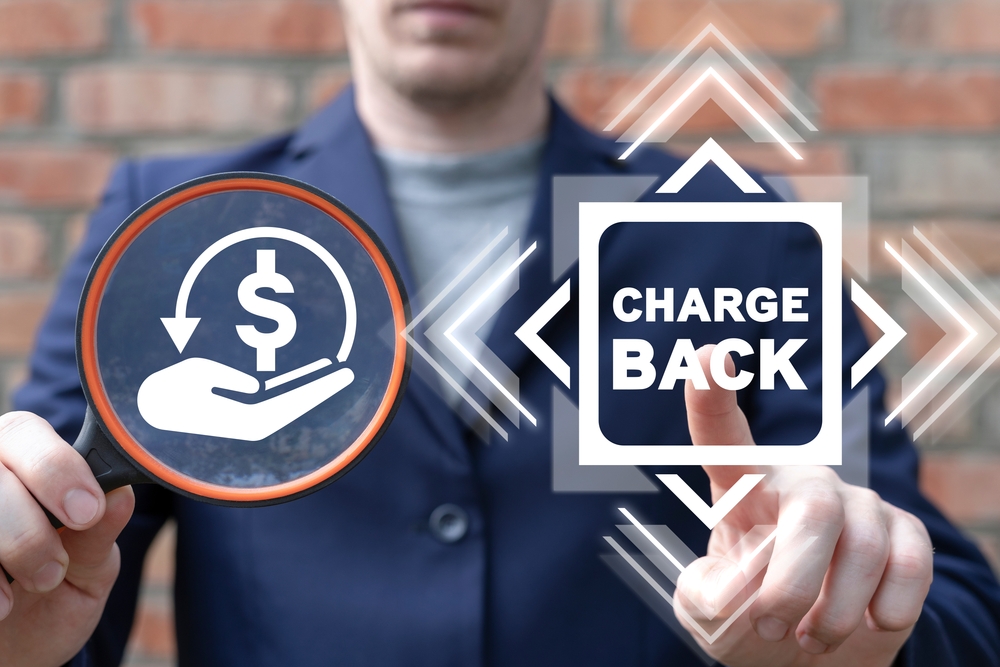Chargebacks were originally instituted so that consumers can confidently enter their credit card information to make their purchases online, risk-free. They have the option of getting their money back if anything was off or if they were unsatisfied with their purchase.
However, in the last few years, consumers have been taking advantage of chargebacks, initiating them for reasons outside the scope of the issues they were originally meant to address. More often than not, consumers also bypass the merchant, which means their issue or problem is not addressed at the source. The results have been financially devastating to merchants. Not only are chargebacks incredibly costly but they are also a massive undertaking to prevent.
What Are Chargebacks?
Before we go any further, let’s discuss what chargebacks actually are. When you hear about chargebacks, they refer to any credit or debit transaction that has been “reversed” by the consumer or cardholder’s bank. This is done shortly after the customer has disputed a charge on their account. Another term commonly used for chargebacks includes payment disputes.
The way chargebacks work is that the bank will “charge back” the transaction amount that was disputed to the merchant. The funds are then returned back to the cardholder, all without having to seek the merchant’s approval.
When a cardholder first contacts their bank to dispute the charge, the bank will take the time to review the transaction. If they find that their dispute is valid, the bank will issue a “provisional credit” while a further investigation ensues and the chargeback claim is ultimately resolved.
Chargebacks were originally intended to address the massive and rampant abuse by fraudsters, who were stealing and abusing credit card information in order to make fraudulent purchases.
Once chargebacks were introduced, consumers were now able to get their money back from their banks. Banks were given the power to take care of the situation.
How Do Chargebacks Actually Work?
The chargeback process starts when a merchant either approves or rejects a chargeback initiated by the customer. The merchant can fight through a process called a “presentment”. Representment is when the issuing bank analyzes the evidence provided by the merchant and either reverses or maintains the chargeback. Most of the time, the chargeback process ends at this point but it really depends on the case.
Once the bank finds that the merchant is right, the funds will be returned. If either party is not satisfied with the decision, then they can “contest” the decision by launching a “pre-arbitration”. This often happens when a bank makes a decision that sides with the merchant. However, once additional evidence is submitted, the bank has to re-evaluate the case.
During the pre-arbitration, if neither party accepts responsibility, the chargeback then moves to actual arbitration. This is where the card network further investigates the evidence and ultimately makes the final decision. Once the decision has been made, there are no appeals allowed and the losing party must pay the fees incurred. These can equal hundreds of dollars.
Why Stop Chargebacks In Its Tracks?
Chargebacks are bad news for all merchants. What it means for merchants is that they end up losing a considerable amount of revenue. Sometimes as much as double the amount of the actual transaction. This is due to the fees and other costs added.
Another negative aspect is that chargebacks could lead to the merchant’s chargeback ratio increasing, which leads to more serious ramifications. If the chargeback ratio does surpass the limit set by the credit card networks or any financial institutions they have partnered with, the merchant can be on the hook for more chargeback fees, and fines, and even face merchant account termination.
Merchants must do all they can to protect themselves and recover any losses that they may incur during a chargeback.
How To Prevent Chargebacks In Real-Time
Now that we have discussed the serious financial consequences that chargebacks can have on businesses, we need to explore ways to prevent them. Surprisingly, many merchants have not given much thought to chargebacks until they actually occur. This is not a good tactic. It is best to have a more proactive, rather than reactive strategy to combat chargebacks. Prevention truly is the best medicine.
There are currently two solutions that a merchant can explore for “real-time” chargeback prevention:
1. Rapid Dispute Resolution (RDR)
Verifi and Visa have joined forces to create Rapid Dispute Resolution or (RDR) as an automatic refund solution. How it works is that it eliminates the need for the merchant to handle a transaction dispute. Instead, the client is issued a refund instantly.
The beauty of this solution is that the control is put back into the merchant’s hands. The merchant decides under what conditions the refund is given. This solution is only available via Visa’s issuers.
2. Ethoca Alerts
Another powerful tool that can be used for “real-time chargeback prevention” is called Ethoca Alerts. Ethoca is made up of a network that connects many merchants and banks globally. This connection greatly facilitates the payment experience for all involved.
It is the network that makes Ethoca work. Once the issuing bank receives the “dispute request”, it utilizes the network to alert the merchant. The entire process takes only minutes. Normally, without an alert system, companies are not aware of a chargeback until days or weeks later.
Thanks to this quick notification system, the merchant is able to issue a refund promptly before the chargeback has a chance to occur. Also during this time, the merchant can cancel the shipping and return physical products.
Ethoca Alerts is only available via Mastercard issuers.
Real-Time Chargeback Prevention Is Possible
As discussed in this article, real-time chargeback prevention is possible as there have been powerful tools developed to combat this pervasive and costly problem. If you are an online merchant, these are the types of chargeback prevention tools you need in your toolbox.


